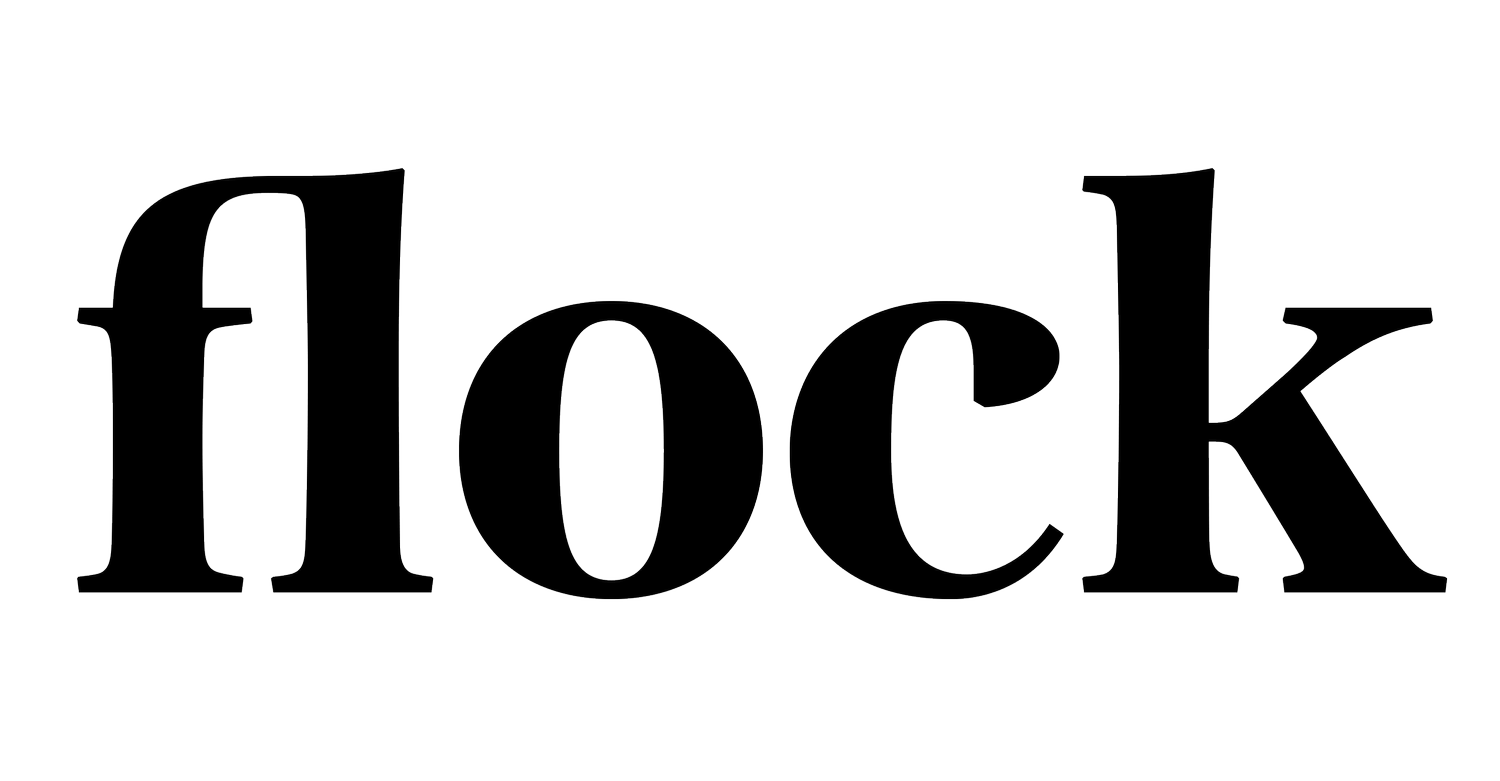How to Knit a Gauge Swatch
Even if two knitters use the same yarn and needles, the chances are that they will knit with a slightly different tension. Tension describes how tight your knitting is, and it will affect the size of the finished piece. This doesn’t matter too much with some items (like scarves or blankets), but for fitted garments like socks, gloves or sweaters, it’s really important to knit a gauge swatch to ensure that your project comes out the right size.
A gauge swatch is a small square of knitting that allows you to check whether your tension is correct for whatever you are planning to knit. Most knitting patterns will include a recommended gauge, telling you the number of stitches and rows per ten centimetres or per inch of knitting that you need to make the garment the correct size. You should start by knitting your swatch with the recommended needles, and then go up or down a needle size if you need to.
How big to make your swatch
Around 15cm (6in) square is generally a good size to make your swatch. If the pattern gauge is given in stitches per inch then you should multiply that number by five or six and cast on that number of stitches for your swatch. That way you can measure the gauge over a few inches and take an average. If the gauge is given in stitches per ten centimetres then you should still knit your swatch larger than this so that you can count stitches in a couple of places across the width of the swatch. This also means that you won’t have to measure right up to the edge of the swatch, which wouldn’t be as accurate.
Which stitch to use
The pattern instructions should specify whether the gauge is measured in stockinette stitch (st st), or in the given pattern. If it’s in the pattern, you will need to follow the pattern directions given to knit your swatch. If the swatch is to be knitted in stockinette stitch then it is a good idea to knit a border of garter stitch as stockinette stitch has a tendency to curl or roll at the edges, which will make it harder to measure. Three or four rows of garter stitch at the beginning and end of the swatch, and three or four stitches at either end of each row should be enough. Whichever stitch you use, it is important not to cast on too tightly as this could distort the swatch.
How to measure your swatch
You can use a specific knitting gauge, but a tape measure or a ruler will work just as well. Place the measure horizontally across the swatch and count the number of stitches in ten centimetres. If your swatch is big enough, you could measure 20cm and divide the number of stitches by two to get an average stitch count.
Next, place your measure vertically across the swatch and repeat, this time counting the number of rows. It is usual to have a higher number for the row count than for the stitch count.
Blocking your swatch
It’s a good idea to measure the gauge once before washing, and then block your swatch and measure again. This will give you a good idea of what the stitch count should be whilst you are knitting your garment, and also once it has been finished. It will also give you the opportunity to see how your yarn and knitting will behave after blocking.
What next?
If the gauge that you have measured on your swatch matches the one in the pattern then you’re ready to cast on your project. If you have a lower stitch count than the pattern then you should go down a needle size and swatch again. If you have a higher stitch count than the pattern then you should go up a needle size and swatch again. It is more important that you have the correct stitch count than the correct row count as it will be easier to shorten your project by adding or removing rows, than to change the width by adding or removing stitches.
The swatches above were knit in DK weight yarn on 4.5mm, 4mm and 3.75mm needles. Each is 30 stitches wide and was knitted until it was roughly square. The stitch counts are given below.
Before blocking:
3.75mm 22 stitches and 32 rows per 10cm
4mm 21 stitches and 31 rows per 10cm
4.5mm 18 stitches and 28 rows per 10cm
After blocking:
3.75mm 22 stitches and 31 rows per 10cm
4mm 21 stitches and 30 rows per 10cm
4.5mm 18 stitches and 28 rows per 10cm
Gauge Swatching Tools
Here are some of our go-to tools for gauge swatching and measuring.







